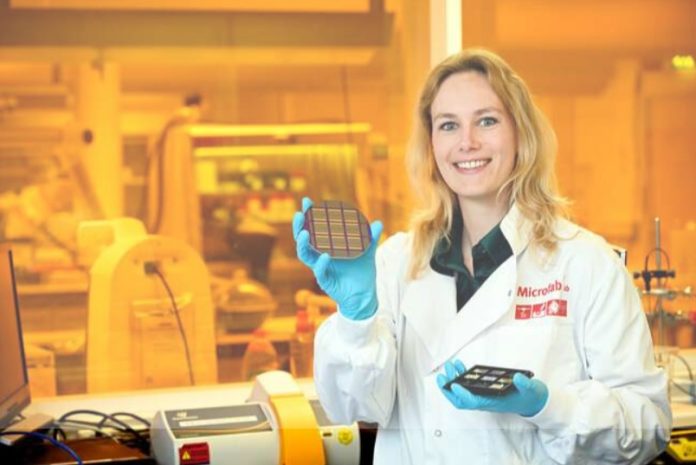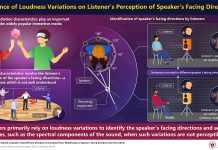
Computers today are great at precise calculations, but as we use more and more technology based on artificial intelligence (AI), we need computers that can process data in real time, just like our brains do.
That’s what Eveline van Doremaele, a researcher at TU/e, is working on.
She’s developing a new kind of computer that works more like a human brain and even uses organic materials.
This means it could potentially interact directly with our bodies!
Imagine a self-driving car or a computer that recognizes faces or understands languages. These AI systems need to be able to adapt and deal with messy, unpredictable data.
The computer systems we have now are good at this, but they use a lot of energy and can take a while to process complex information.
That’s why van Doremaele has been working on a smarter computer chip that could be used for a variety of things, even inside our bodies. She’s been working on this project for a few years, and recently defended her thesis on the subject.
Why model a computer after the brain? According to van Doremaele, our brains are excellent at handling uncertainty and change. They can process different tasks and make calculations at the same time, and they learn from past experiences. That’s exactly what we need for future AI applications.
This type of technology, called neuromorphic computing, is becoming more popular because it’s efficient, fast, and dynamic, just like our brains.
The goal is to create a device that can learn and interact with us, leading to incredible possibilities, like a smart prosthetic arm that learns how to grasp objects, or a pacemaker that adapts to the needs of an aging heart.
To make this happen, van Doremaele had to find materials that could be programmed and accepted by our bodies. She discovered that conductive organic polymers—long molecules that can carry an electric current—were very effective.
She explained that for the system to learn on its own, it needs to have variable resistance, just like the connections in our brains that get stronger as we learn. The material they tested, P-3O, can do this, and it works with both liquid and solid electrolytes, which means it could potentially operate within our bodies.
Van Doremaele has even used this technology to create a biosensor that could analyze sweat samples to detect cystic fibrosis, a genetic disorder.
The sensor measures the potassium and chlorine content in the sweat, and it was able to correct its predictions when they were wrong, showing that it can learn, just like a human brain neuron.
There’s a lot of interest in van Doremaele’s work because AI is becoming increasingly common, and we need to find more energy-efficient computing systems.
Not many groups are focusing on using organic materials for self-learning medical applications, which makes her work unique.
This has led her to collaborate with researchers from different fields, bridging the gap between Artificial Intelligence and Complex Molecular Systems institutes at TU/e.
Source: Eindhoven University of Technology.



